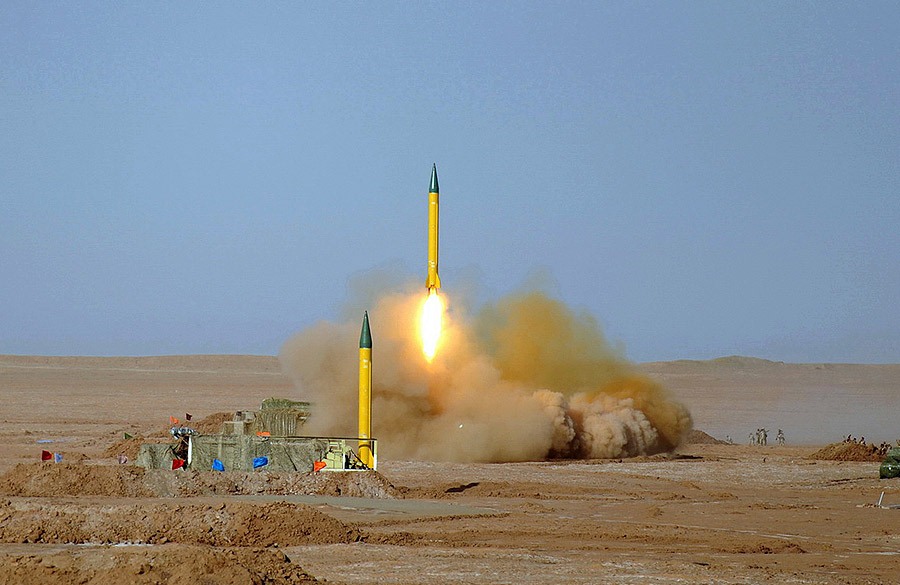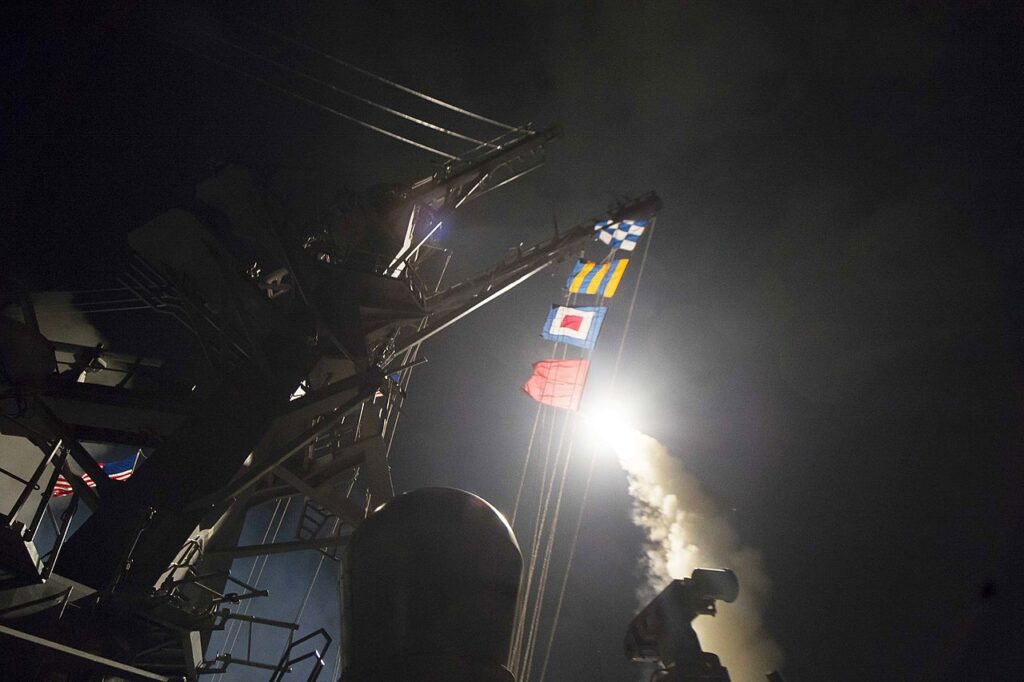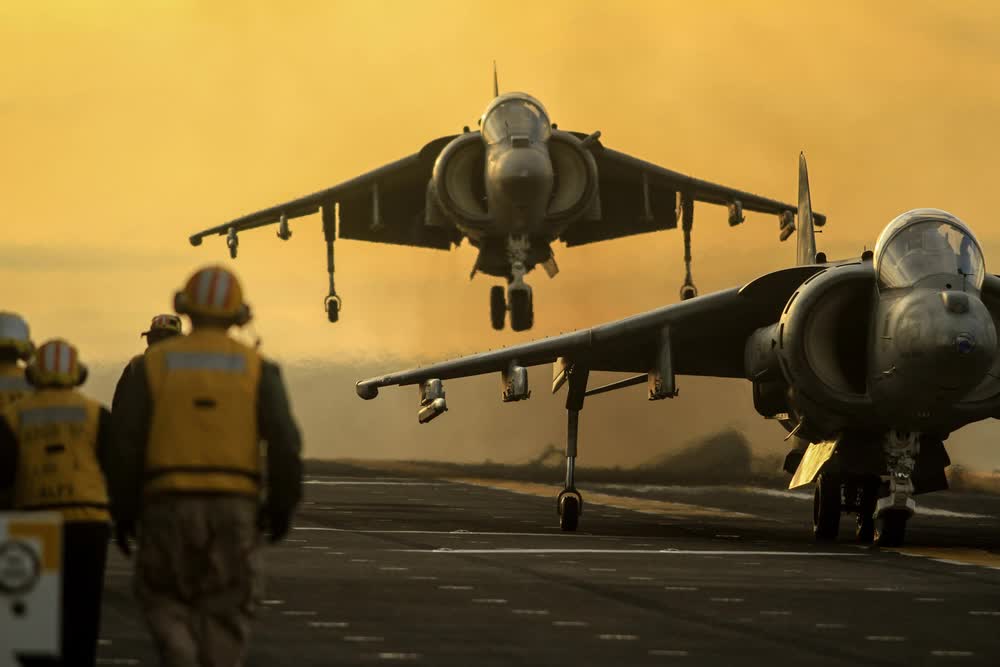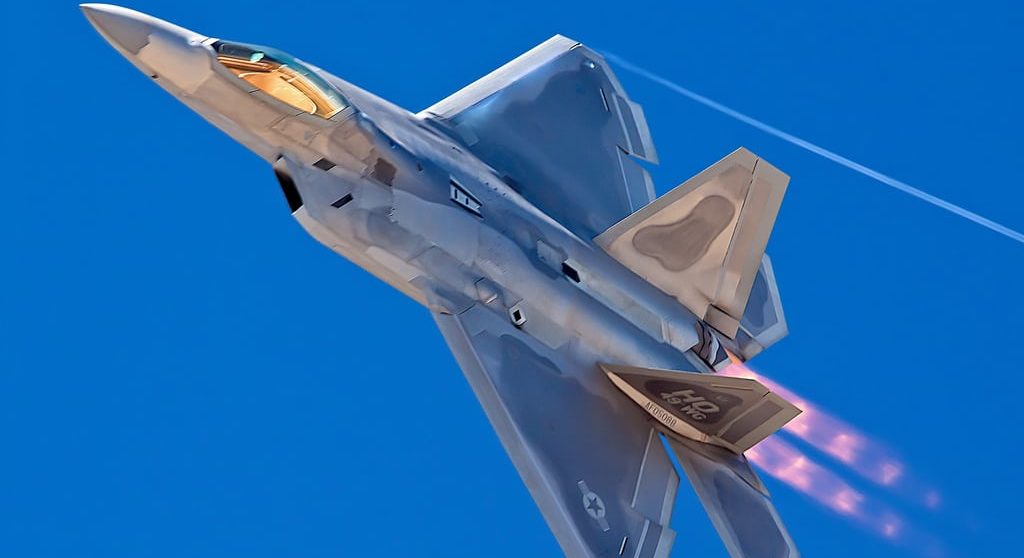On Saturday, Iran launched some 300 drones and missiles at Israel in an attack many feared could bring about World War III… But in reality, all that transpired was kinetic diplomacy playing out in real time, as has happened numerous other times throughout this most recent era of Middle Eastern conflicts.
In this era of attention-based media economics, it’s more important than ever to read beyond headlines to understand what’s going on in the world – and Iran’s recent attack offers us a valuable opportunity to discuss the increasingly common military and geopolitical strategy of kinetic diplomacy.
Kinetic diplomacy describes military actions that are more symbolic than tactical. It can be deadly but it also intentionally comes with limited strategic importance for both attacking and defending parties.
Iran launched what has been characterized as a retaliatory strike against Israel in the form of multiple waves of cruise and ballistic missiles accompanied by weaponized drones. These attacks, which came both from inside Iran and to a lesser extent from Iran’s proxies positioned around the Middle East, have been misleadingly represented as a prelude to World War III, with global powers seemingly positioning themselves in support of one side or the other and potentially setting the stage for catastrophe.
This sensationalized view of the weekend’s attack misrepresents Iran’s seemingly clear intentions and the nature of the conflict we’re watching unfold. The attack was meant not as the onset of a new conflict, but rather as a warning shot across the bow of Israeli forces, highlighting the potential for conflict in the region in the minds of foreign governments while demonstrating strength to hardliners within the Iranian population.
Iran’s attack was very clearly limited in scope, despite the large number of missiles and drones fired. This much became clear almost immediately after the attack played out – with a reported 99% of all missiles and drones intercepted before making landfall in Israel, taken down by Israeli, American, French, and Jordanian defensive assets. According to media reports, Iranian Foreign Minister Hossein Amir Abdollahian even gave neighboring Arab states – including those politically aligned with the United States – a 72-hour notice before the onset of the attack.

Even news reports soon reflected Iran’s apparent efforts to minimize the attack’s strategic impact, with CNN’s Tamara Qiblawi writing, “The symbolism of the attack did the heavy lifting” within hours of its completion.
Put simply, Iran had no interest in kicking off a war with Israel, let alone a global conflict that would drag other countries into the mix. Instead, it launched an attack that demonstrated long-range military capabilities in high volume, flexing its military might on the world’s stage and before its intended domestic audience of hardliners, all while taking what appears to be great care to avoid the very sort of World War III scenario that so many media outlets and content creators nonetheless presented it as.
This approach to using weapons of war as props for geopolitical and internal posturing is not unique to Iran. In fact, I coined the phrase “kinetic diplomacy” in 2017 ((though I certainly acknowledge that there could be contradictory claims regarding the term’s origin out there) to describe American strikes against Syrian military facilities following yet another series of chemical weapon attacks on civilians.
Just as we saw with this Iranian attack, the American-led strikes of April 2017 came with a fair bit of warning – the United States even directly warned Russian military officials of the time and locations of the ensuing strikes to ensure no Russian forces were killed. This warning was all but certainly relayed to Syrian military personnel as well, allowing for the relocation of personnel and assets before a single Tomahawk missile making landfall.
Related: What is Israel’s Iron Dom and how does it work?
This warning was specifically meant to minimize the chances of dangerous escalation while still ensuring the United States met its geopolitical and perceptive ethical obligations to respond to Syria’s blatant violations of international law. The intent of the strike, and many others like it in recent years, was to send a series of messages to disparate groups simultaneously.
To Bashar al-Assad’s Syrian regime, the message was overt and relayed by a slew of government officials: the United States would not sit idly by as Syrian forces waged war on civilians using chemical weapons. To Moscow, however, the combination of both forewarning and the strike was meant as a stern reminder that the United States maintains significant power projection capabilities, but does not seek open conflict.
To allies and geopolitical partners, the strike served as a reminder of both America’s commitment to the ideals of the international rules-based order and America’s globe-spanning military might. And to the American people themselves, it was meant to assuage those calling for action and to demonstrate military capability, but done while largely insulating the country from the risk of broader war.

Of course, there is still a great deal of risk associated with kinetic diplomacy, and that risk is heightened with every exchange. The point of this piece isn’t to dismiss the severity of any attack or the toll these military actions exact on human lives: Any time military powers exchange blows, there risk of open war is greater than it was before.
This is why effective planning is so essential for these sorts of operations. Through proper planning, the right combination of weapons or platforms, and well-trained personnel, a country can send a powerful message using weapons of war, while also minimizing the effect those weapons have on its opponent, so as not to push them to further escalate.
In a real way, what we’re seeing play out right now is a turn-based military strategy game, with Israel and Iran taking turns with military actions against one another to give each party the time and means to assess the efficacy and intent behind the last strike while planning and coordinating the next one.
What we should be looking out for at times like this isn’t just any exchange of munitions, but rather, any significant signs of escalation. Iran’s attack was seemingly intentionally blunted, though it’s all but certain Iran hoped more than just one percent of its weapons would get through, to provide Israel with a potential offramp.
And that’s an offramp the Biden administration is already encouraging Israel to take. On Saturday, President Biden told Israeli Prime Minister Benjamin Netanyahu directly that Israel should take this past weekend as a victory, and not plan another bout of retaliatory strikes.
“I told him that Israel demonstrated a remarkable capacity to defend against and defeat even unprecedented attacks – sending a clear message to its foes that they cannot effectively threaten the security of Israel,” Biden said in his statement after the call.
So, Iran’s attack on Israel this weekend was not meant to be the first volley of World War III, and almost certainly won’t be – but risk remains as long as these nations continue to exchange blows. And while media outlets will try to trick you into believing the world might end at any moment to keep you clicking, sharing, and commenting, it’s worth remembering that not all exchanges of firepower in the modern era are overt acts of war.
Sometimes, it’s just a bit of kinetic diplomacy.





